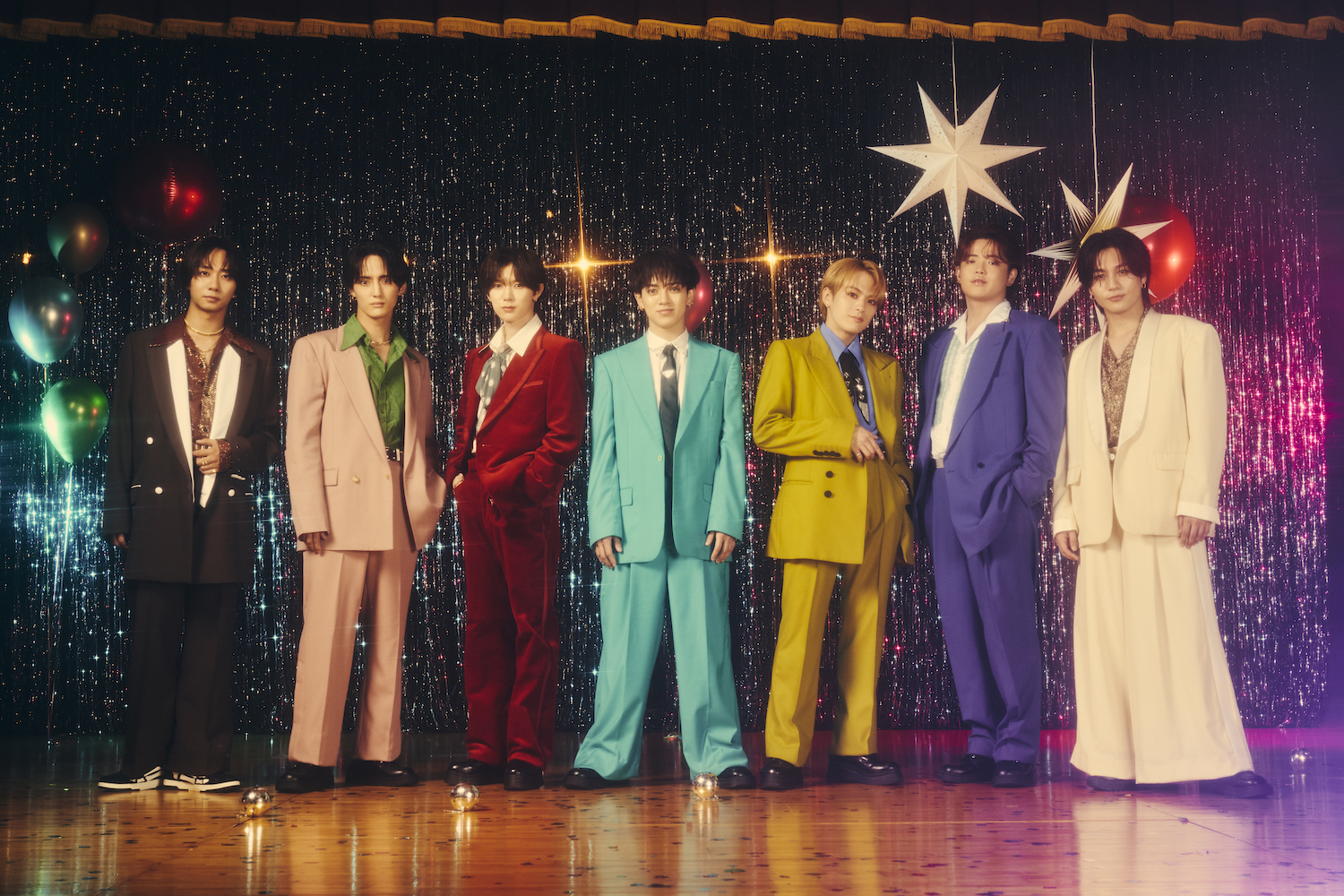Breaking Bad”s Walter White and Jesse Pinkman literally didn’t know who they were dealing with the first time they met Gustavo Fring.
Vince Gilligan’s iconic drug-dealing duo originally tried to meet Gus in season two’s “Mandala,” hoping to strike a deal to sell the remainder of their crystal meth supply. But they leave the meeting without a deal in place, believing they had not even met their potential business partner.
Make no mistake, though: Gus Fring was watching. From then on out, Gus lingered with a calm, professional demeanor—a facade that effectively hid a revenge-driven, sociopathic meth distributor’s true colors and made actor Giancarlo Esposito one of television’s most-loved villains—until Gilligan killed him off in 2010.
However, Albuquerque wasn’t quite done with the character when Walter’s pipe bomb blew half his face off in 2010. Gus’s much-hyped return in prequel series, Better Call Saul, helps to connect the dots as to just how he, Saul Goodman, and Mike Erhmantraut established their tenuous connection before Walter or Jesse entered the picture.
But for all the skilled filmmaking that goes into Saul‘s production, this chronologically younger version of Gus appears more like a typical television baddie than the ruthless villain we loved in Breaking Bad. Where is the disconnect? It’s simple: We already know everything there is to know about Albuquerque’s drug kingpin.
Breaking Bad viewers don’t really see how violent Gus can be until the opening episode of season four when he slices open his employee’s throat just to show Walt and Jesse what happens to those who disobey him. Before that, he’s depicted as massively cunning in his facade as the benevolent, DEA-boosting owner of Los Pollos Hermanos. He is quickly shown to be a formidable adversary in the drug trade, skillfully navigating his relationship with the Salamanca crime family and the Juarez-Michoacan drug cartel.
Gus’s grisly and elaborate murders—whether it was of poor Victor or by poisoning the remaining cartel leaders—are what the character is primarily remembered for, but Esposito and the writing staff’s earlier work establishing his business-like approach to the drug trade and his part-tragic, part-mysterious backstory helped Gus stand out in his flashier moments.
Better Call Saul avoided bringing the methamphetamine dealer in until the very end of season two when he prevented Mike Erhmantraut from murdering Hector Salamanca. Series co-creators Gilligan and Peter Gould even hid an anagram that spelled out “FRINGSBACK” in each episode’s title—his return marked a momentous occasion for the show’s producers and fans.
But when Mike reluctantly begins working with Gus, Saul started diving deep back into the drug world and largely revisits the same story viewers already saw play out with Gus on Breaking Bad. For every exciting zip tie murder Gus commits, Saul treats viewers to yet another rehashing of how he wants revenge on the Salamancas — which at one point takes the form of a five-minute-long monologue about how Gus will keep a hospitalized Hector Salamanca captive until he sees fit to end the man’s life. That scene does not bear the mark of an intelligent and complex character; behind Esposito’s stellar performance lurks a stereotypical supervillain detailing his evil plot just minutes before the hero escapes and saves the day.
In the greater Breaking Bad universe, though, there aren’t really any heroes—and the closest ones we have in Better Call Saul don’t quite hold a candle to how effectively Walter and Jesse captivated audiences. Gus initially considers them new pawns in his elaborate game of chess, but they outsmart him when it matters most—even when it forces Jesse to murder replacement chemist Gale Boetticher in cold blood. Walter is the most intelligent and persuasive character in the greater Albuquerque television universe, able to talk Gus into striking a deal in the first place. Jesse serves as the emotional center of the whole series—fans wanted the best for him even when he fell to his lowest points. The main characters of Saul graduated from side character status in the original series, and their character arcs are marked by the fact that viewers already know where they’re headed.
In Saul, Mike knows exactly what kind of monster Gus is, but we already know the ex-cop winds up dutifully working for the man anyway. When Mike and Gus do trade verbal blows—most recently in “Dedicado a Max”—it’s just to give another reminder of Gus’s need for revenge. While Gus waxes poetic about his desire for Mike’s help, Mike’s dialogue is saddled with keeping even the most aloof viewers up to speed with lines like: “So I’m gonna work for one drug dealer killing other drug dealers. That’s your idea of a choice.”
Perhaps Nacho Varga emotionally centers Saul‘s Gus Fring plotline. Nacho’s arc isn’t too dissimilar from Jesse’s, after all—both participate in the drug-dealing world until they’re in too deep to escape without causing harm to their loved ones—but his forced partnership with Mike and Gus has brought exciting returns in recent episodes. “JMM” showed the pair working together to burn down a Los Pollos Hermanos location, a sacrifice Gus must make to his restaurant in order to keep Nacho in place with the Salamancas as Gus’s double agent. Gus adds a clever touch to the arson while Nacho vandalizes the building by using a frozen chicken and hot fryer to fan the flames, causing the arson to look like an accident.
Gus’s hold over Nacho will keep their relationship and Nacho’s (presumably) tragic ending intriguing as the show moves forward. It will serve both characters’ interests to keep working together to undermine the cartel’s control of Gus’s territory. Nacho doesn’t want to work with Gus — but he knows that neither side will hesitate to kill him and his father. How he attempts to escape both Gus and Lalo Salamanca’s grasp in future episodes might give Gustavo Fring the adversary he needs to re-assume the intensity he oozed throughout his run in Breaking Bad.- Why Series Finales Hurt: When Your Favorite TV Shows Break Up … ›
- Rejoice, Breaking Bad Fans—Heisenberg Vodka Is Here! ›
- “El Camino” Forces Jesse Pinkman into His Own Cowboy Fantasy … ›
- Why You Should Start TV Shows at Season 3 – Popdust ›
- The 50 Best TV Shows of the Decade – Popdust ›














